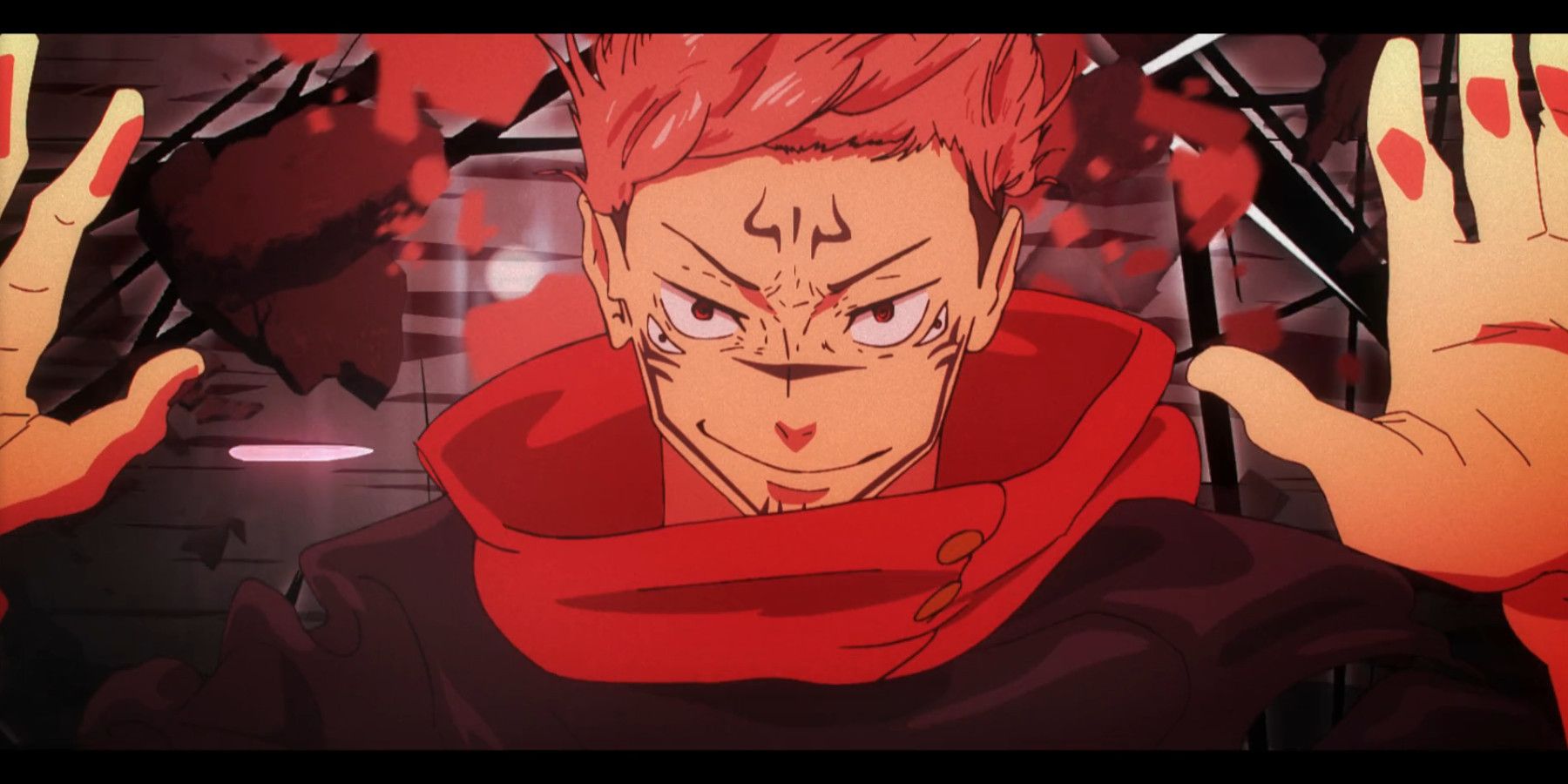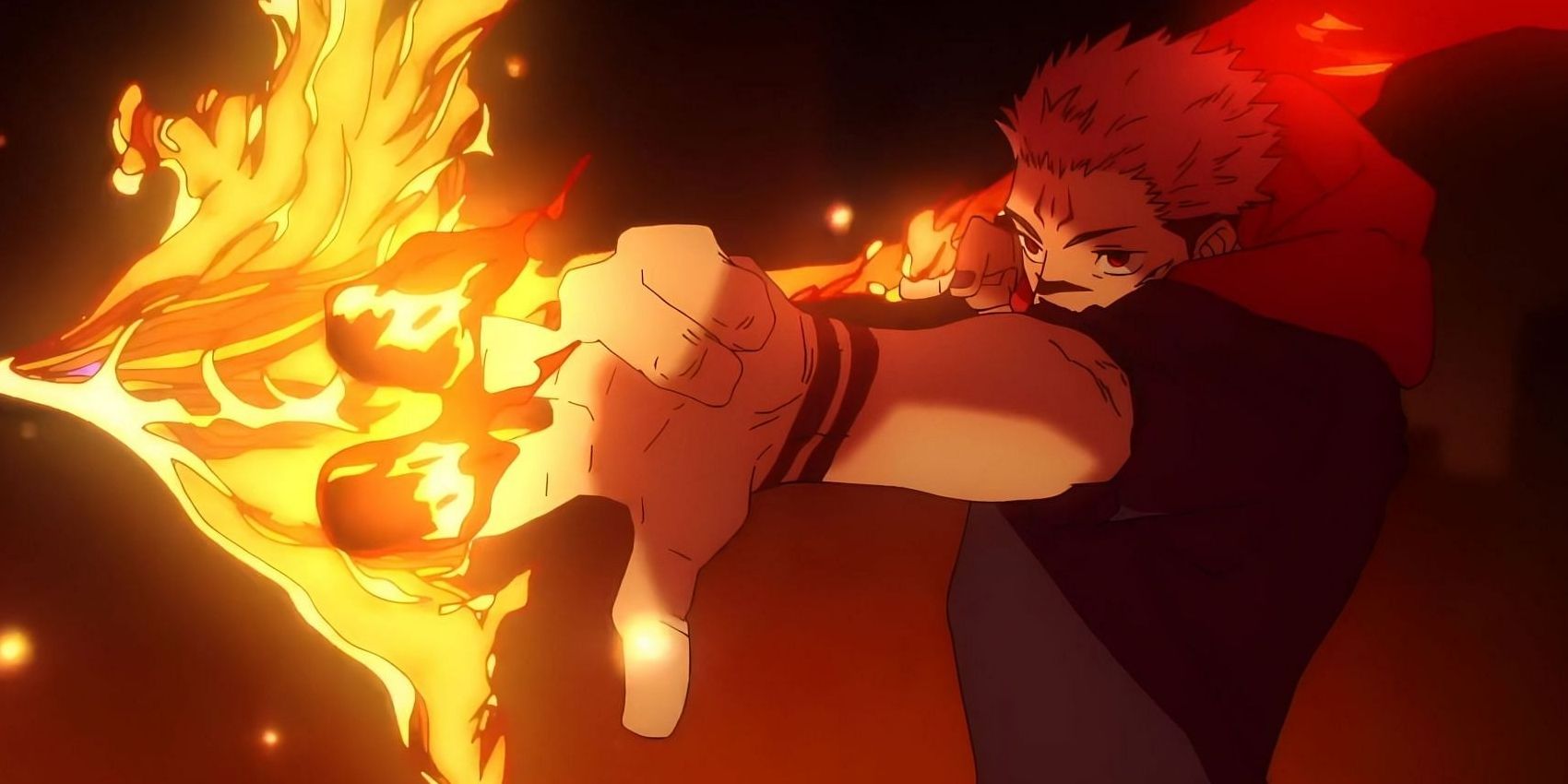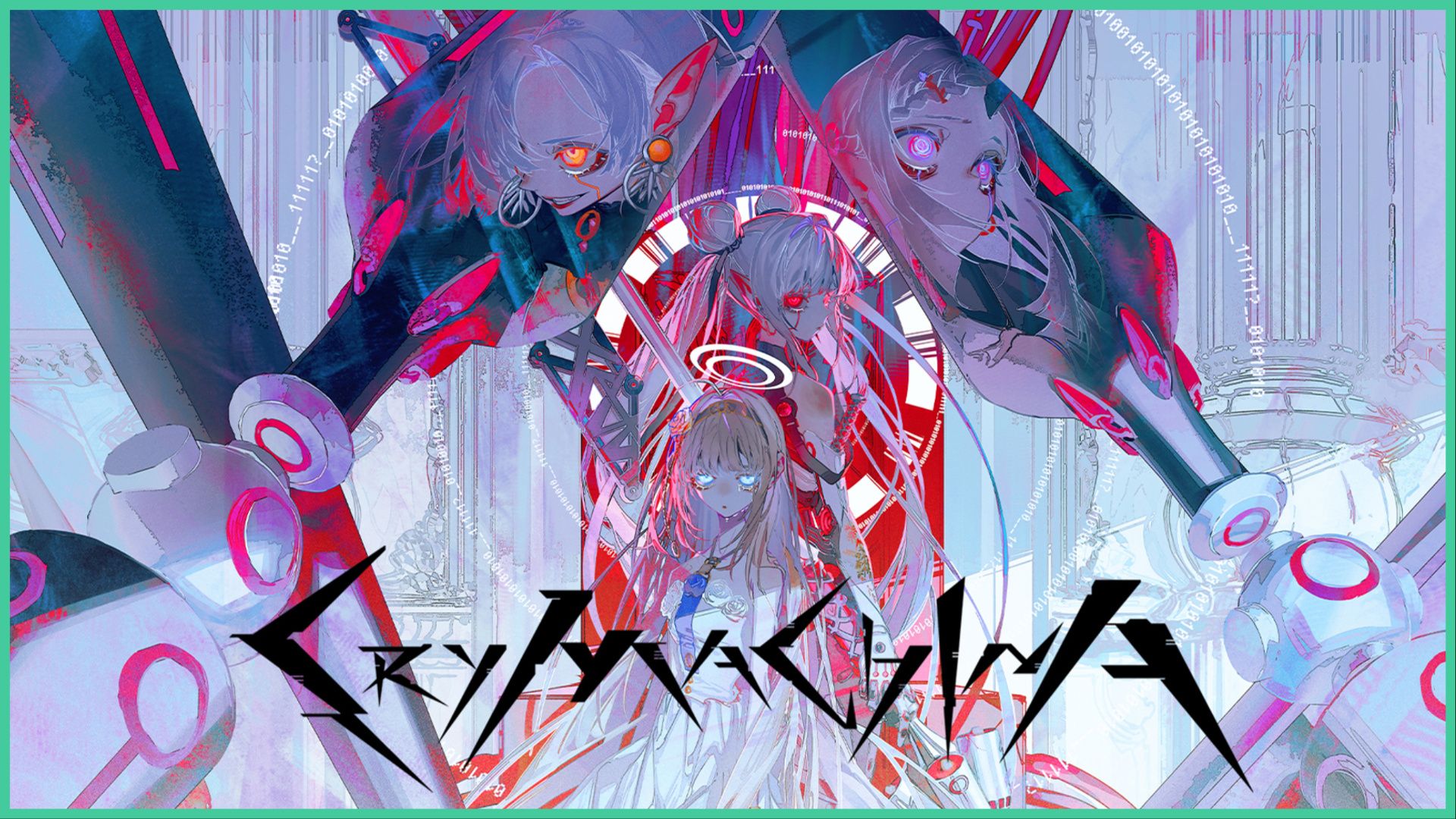Highlights
- Ryōmen Sukuna is an ancient and dangerous entity, a threat to humanity for centuries, with a manner of speech that reflects a different age.
- Sukuna’s Domain Expansion, “Fukuma Mizushi,” translates to “Malevolent Kitchen,” capturing the idea of a kitchen of evil where evil is stored and prepared.
- The translation of Sukuna’s Domain Expansion as “Malevolent Shrine” highlights the religious significance of a “zushi,” while “Malevolent Kitchen” better reflects the kanji used, but there isn’t a simple way to translate all the intended meaning.
The following contains spoilers for JUJUTSU KAISEN Season 2, Episode 41, “Thunderclap Part 2”, available on Crunchyroll.
The Shibuya Incident Arc of JUJUTSU KAISEN has revealed some jaw-dropping moments, and for the first time in a while, the King of Curses, Ryōmen Sukuna, was unleashed upon the world once more. During his rampage, Sukuna defeated Mahoraga, the Divine General of the Shikigami made available to those who inherit the Zen’in Clan’s Ten Shadows Technique, summoned by Megumi Fushiguro as a throwaway means of beating Haruta Shigemo.
When Sukuna activated his Domain Expansion, the subtitles on the Crunchyroll version of JUJUTSU KAISEN Episode 41, “Thunderclap, Part 2”, had the name of the technique translated to “Malevolent Kitchen”, rather than “Malevolent Shrine”, which caught the eye of many fans. Here’s an explanation for the interesting translation of Fukuma Mizushi – “Malevolent Kitchen”.
An Archaic King
One of the first things to note about Ryōmen Sukuna is the fact that he is an incredibly old being. A malignant entity of ages past that is so dangerous it was sealed away in hopes that it would never return. He is the strongest sorcerer in history, and was so a thousand years prior to the events of JUJUTSU KAISEN.
That means that Sukuna has been a threat to humanity from at least as early on as the 11th century during the Heian Period (a period of peace in name only), an antiquated time in which the Japanese language looked completely different as it was several centuries prior to the standardization of Japanese as a written language as a result of the Japanese script reform, which sought to converge the spoken language and its written form and also explained or justified the teaching of rarely used kanji in education. Anyway, the point here is that Sukuna comes from a time before Japanese even looked and sounded the way it currently does, and as a being so old, his manner of speech reflects a different age.
Let That Boy Cook
In JUJUTSU KAISEN episode 41, Sukuna takes over Yuji’s body and goes on a rampage in Shibuya soon after saving Megumi Fushiguro from Mahoraga (or “Makora”). During his fight with the powerful Shikigami, Sukuna activates his Domain Expansion, which, when revealed back in season 1, was translated to “Malevolent Shrine”. The Japanese is “Fukuma Mizushi“, written 伏魔御厨子, and if we pick apart the kanji used in the name of Sukuna’s Domain Expansion, we can come to understand why the curious translation made in the recent episode. “Fukuma” is written with two kanji, with the first being 伏, which can be translated to “prostrate”, or to turn face-down, while the “-ma” in Fukuma is the same kanji one would find in the word “Akuma“, meaning “demon”. It refers to an abstract evil influence. The translation to “Malevolent” – that which arises from evil or ill-intent – is one that attempts to carry over the abstraction of evil presented by this kanji. Interestingly, when Dragon Ball refers to Piccolo as “Ma Jr.”, this kanji is the “ma” in question.
“Fukuma” comes from “fukumaden“, a word that refers to a palace or abode where demons lurk, and because of this it carries the second meaning of “pandemonium”, which is apt considering the concept of the “Hyakki Yakō” – the Night Parade of 1000 Demons incited by Suguru Geto during the events of JUJUTSU KAISEN:0 – and the nature of the Shibuya Incident itself. The “Mizushi” is the site of the translation change, and it’s particularly interesting what happened here. One explanation is that the word “mizushi” is derived from “mizushi-dokoro“, an archaic term referring to the kitchen compound within the Emperor’s residential compound in the imperial palace where the Emperor’s meals would be prepared. The first kanji in “mizushi” is a prefix, an aspect of respectful, polite, or honorific language and is often used to mean “august” (not the month). What’s left is “-zushi“, a miniature shrine with double doors used to store important Buddhist items.
Pandora’s Jar
All things considered, this Domain Expansion’s name communicates the idea of a “container” or vessel of various horrors, but the perspective is one of reverence or admiration of this evil, hence the use of the first kanji, 伏, which communicates submission. However, use of the “-zu” kanji in “Fukuma Mizushi” denotes kitchen, and if we understand the kitchen to be place where food is prepared, shared, stored, etc., the name of Sukuna’s Domain Expansion gives the impression of a “kitchen of evil”. This is where we might have to be a little looser in our conception – if you consider the kitchen to be the main area of activity within the home; the place where sustenance is both stored and prepared, the idea that the Domain Expansion is the point from which evil is stored and prepared fits Sukuna like a glove.
The use of characters that communicate reverence or admiration in relation to the proverbial shrine containing the paraphernalia of evil gives the name of Sukuna’s Domain Expansion a sense of piety – the very technique is like the expression of one’s total submission to the machinations that give rise to the very concept of malevolence. The reason why it was originally translated to “Malevolent Shrine” may have been an attempt to highlight the religious significance of a “zushi“, and may have taken into account the visuals of a terrifying-looking torii gate with a set of wide-open jars beckoning from beneath the arch. Since torii gates are a quintessential feature of Shinto shrines, the translation “Malevolent Shrine” was not necessarily incorrect. Shrines are places of worship; sacred holy spaces dedicated to a particular deity. While that translation carries the ideas of enshrinement and piety, it is not quite a translation of the kanji used to write the technique’s name; while “Malevolent Kitchen” better reflects the kanji, there isn’t a simple way to succinctly translate these concepts while retaining all the intended meaning.


-5.jpg)

